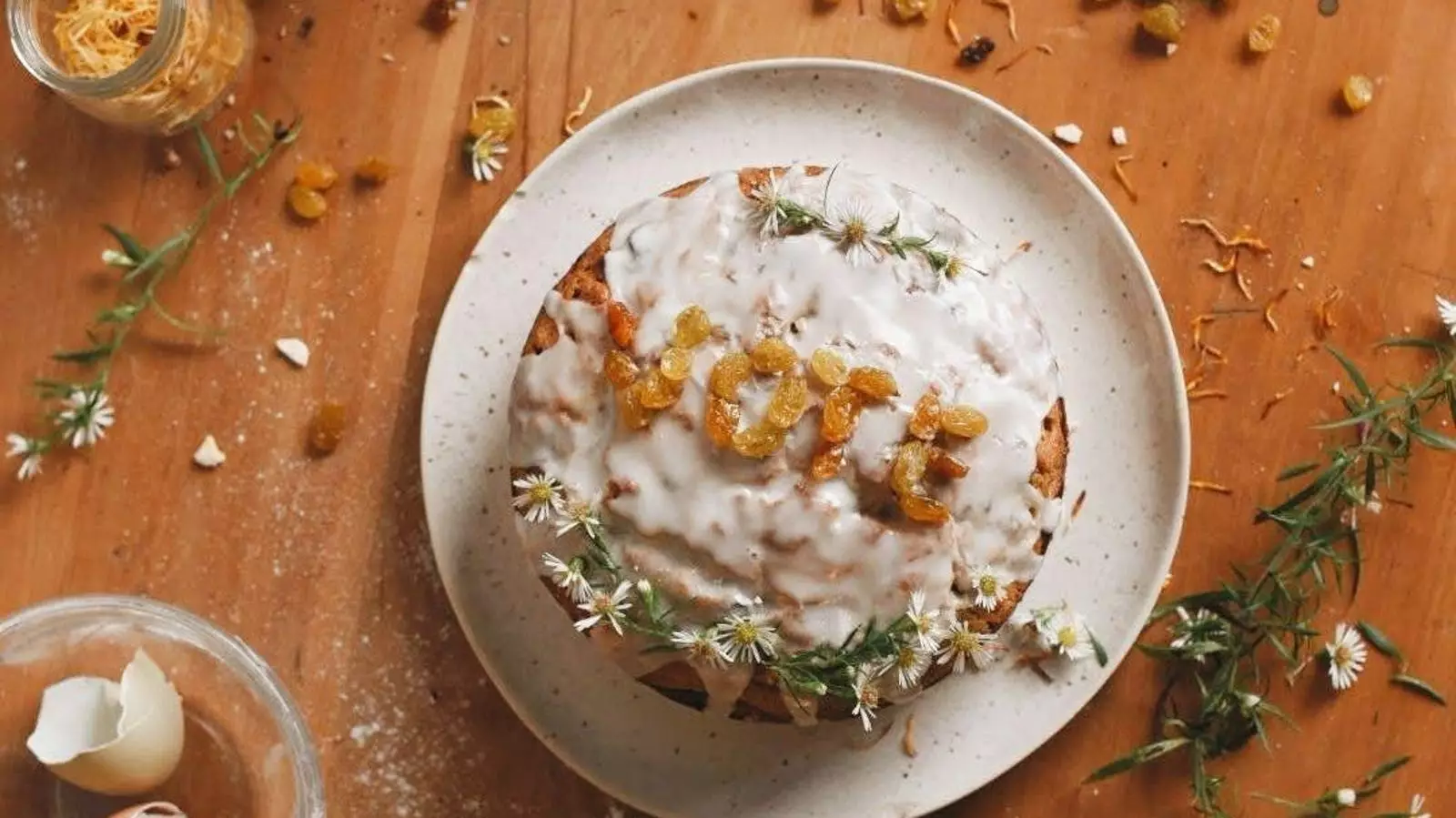In the United States, Election Day has evolved into a cultural phenomenon, complete with festive bake sales at polling stations and jubilant watch parties that often feature an array of delightful cakes and cookies. This spirited involvement has created a sense of community and celebration, yet few may know that the practice of making “Election Cakes” is not just a contemporary trend but rather a distinguished tradition with origins tracing back to the colonial era of the 1700s. Food scholar KC Hysmith emphasizes that these cakes were initially created to feed large groups of people who would travel from distant properties to cast their votes—an undertaking that was as much about community engagement as it was about participation in the democratic process.
While modern interpretations of Election Cakes often highlight the sentimental and enjoyable aspects of baking, the historical context reveals a deeper significance. During the colonial period, women, who were largely barred from voting, found a unique and powerful way to engage in the political landscape of their time. Baking these cakes became a means of establishing connections and conversations in a space where they were otherwise marginalized. Hysmith points out that offering hospitality through food allowed women to subtly exert influence, creating an environment where political discussions could thrive. This act of baking transformed into a “radical act,” effectively giving women a pathway into political dialogues and decision-making processes that were otherwise closed to them.
In contrast to the simple fruitcake-like recipe of colonial Election Cakes, today’s interpretations are as diverse as the nation itself. The modern baker has the creative license to employ virtually any cake recipe under the banner of “Election Cake,” provided it is infused with the spirit of civic engagement. This flexibility highlights the evolving nature of traditions, allowing individuals to bring their cultural backgrounds and personal baking styles into the fold. Whether adorned with vibrant colors representing political party affiliations or shaped into symbols of democracy, these cakes serve a dual purpose: they act as culinary expressions of individual creativity while fostering community spirit and participation.
As we gather on Election Day to partake in this delicious tradition, it’s crucial to recognize the layered historical significance embodied in each slice. The act of baking on this important day is not merely about enjoying sweet treats; it’s a reminder of the struggles and triumphs associated with voting rights and civic participation. Each Election Cake serves as a symbol of hospitality, connection, and, ultimately, empowerment.
By celebrating this traditional baking practice, we honor the legacy of women who found their voice in the kitchen while simultaneously engaging in the political discourse of their time. So, as you mix, bake, and share your creations on Election Day, remember that you are partaking in a rich history that intertwines food, community, and democracy, a testament to the enduring spirit of civic engagement that continues to evolve with each passing election.

